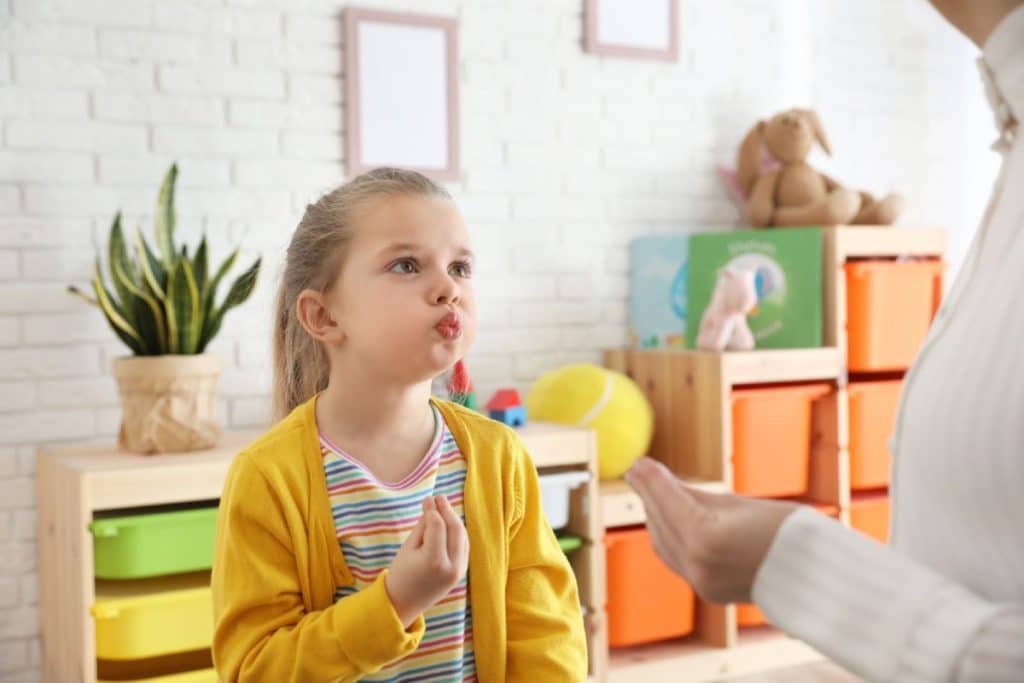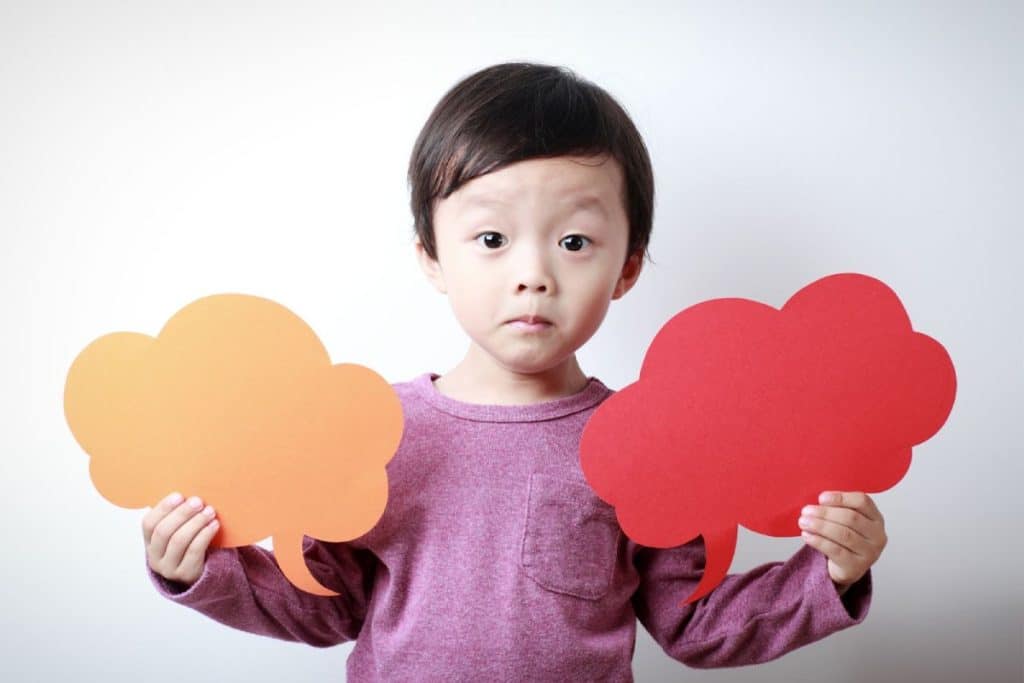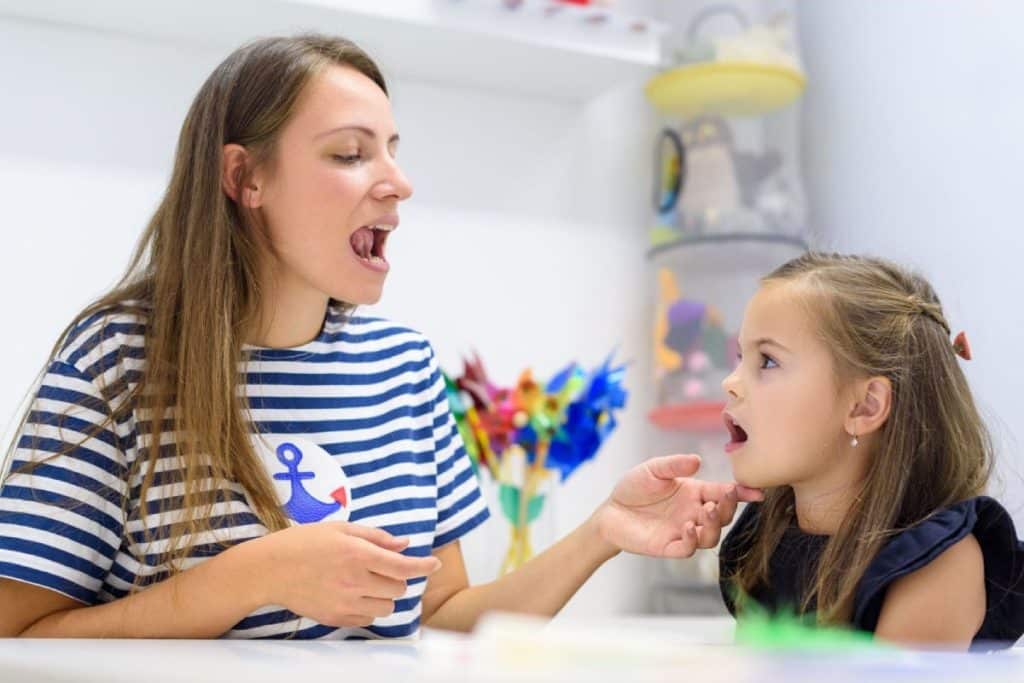Childhood Apraxia of Speech (CAS) is also commonly known as verbal apraxia, developmental apraxia of speech, or verbal dyspraxia. CAS is a severe permanent and lifelong disorder of speech motor programming and planning which is present from birth and does not naturally resolve .1 This is very frustrating for the speaker as they know what they’re trying to say, but the motor program impacts their coordination impacting the clarity of speech. This is often initially described by parents as their kids jumbling up sounds, or having mumbly speech
There is currently no known cause for CAS, however it can co‐occur with other speech, language, literacy, and developmental disorders. The prevalence of CAS is low, generally affecting one to two children per thousand (0.1% of the child population).2 CAS has increased frequency in children and adults with galactosaemia, epilepsy, or Down Syndrome but has no increased prevalence in autistic children.1



